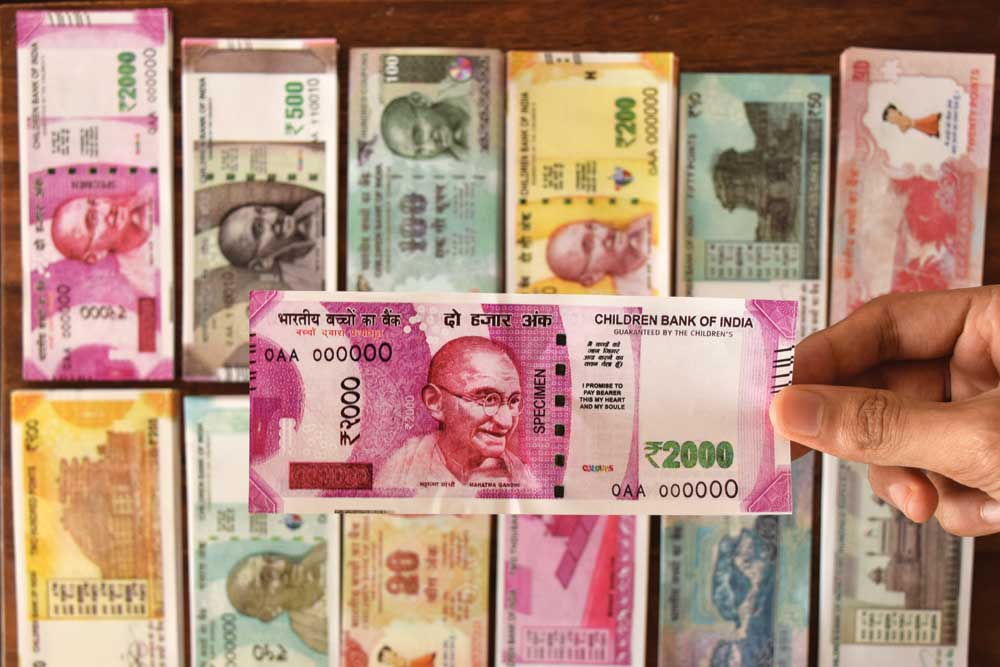People who were born in the 90s and before would clearly remember the time when Indian currency only featured the eminent ‘Ashoka Pillar’, both on the note and the coins. It was in the year 1996, the RBI replaced all currencies (notes featuring Ashoka Pillar) and replaced them with the portrait of Mahatma Gandhi.
RBI has been acting as Currency Comptroller in India since 1935. The Reserve Bank of India explains that the previous currencies could be easily forfeit; the current ones would be hard to forge.
The decision came after certain segment of individuals protested against the discontinuation of currency notes of Rs 20 (featuring the wheel of Konark Temple, Odisha), Rs 1000 (Brihadeeswara Temple of Tanjore) Rs 5000 (featuring the Gateway of India.)
It was decided that as non-humans symbols like the above lead to such regional controversies, it would be better that the national currency bore an image that would be well-respected by the nation as a whole.
You’ll be surprised to know that the chosen portrait of Gandhi is not a caricature. Yes, this is a real image of Gandhiji smiling, which was captured when he visited Lord Fredrick Pethick Lawrence to then Viceroy’s house (presently Rashtrapati Bhavan).
This particular moment was captured by an unknown photographer, back in 1946; one year from India’s Independence. Much later the face of Mahatma Gandhi was cropped and featured on the present Indian Currency.
PNN

